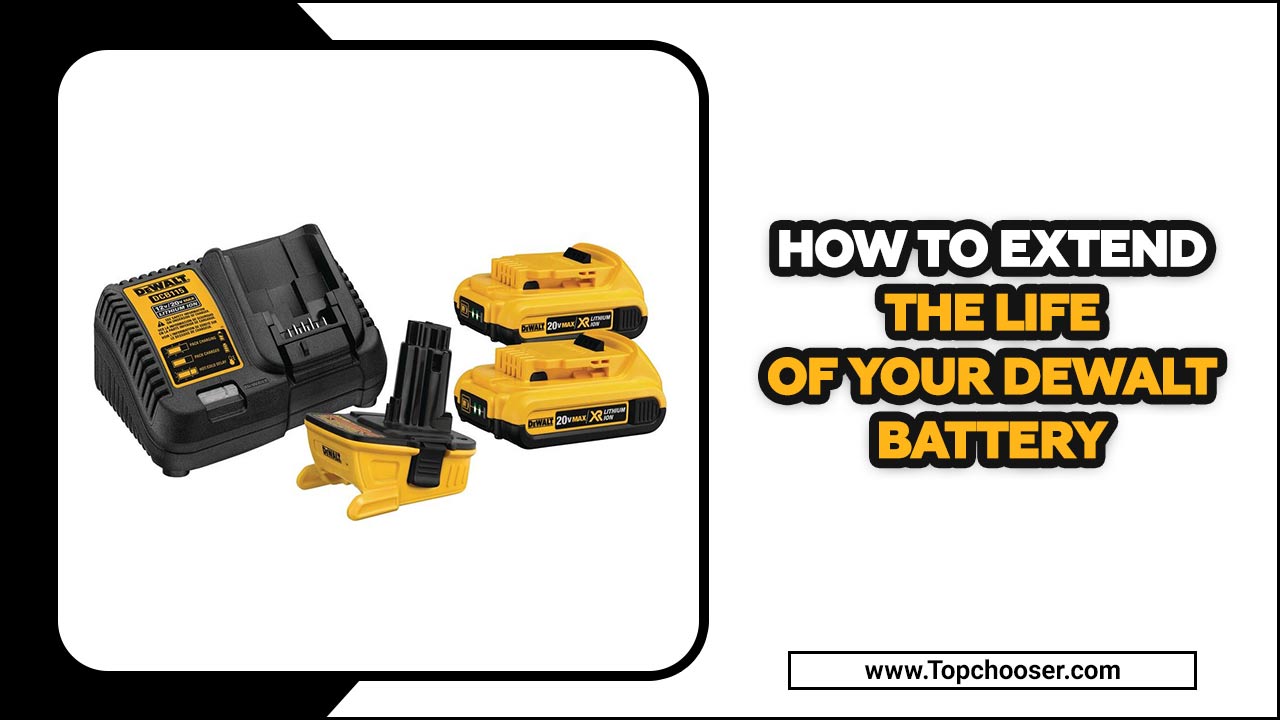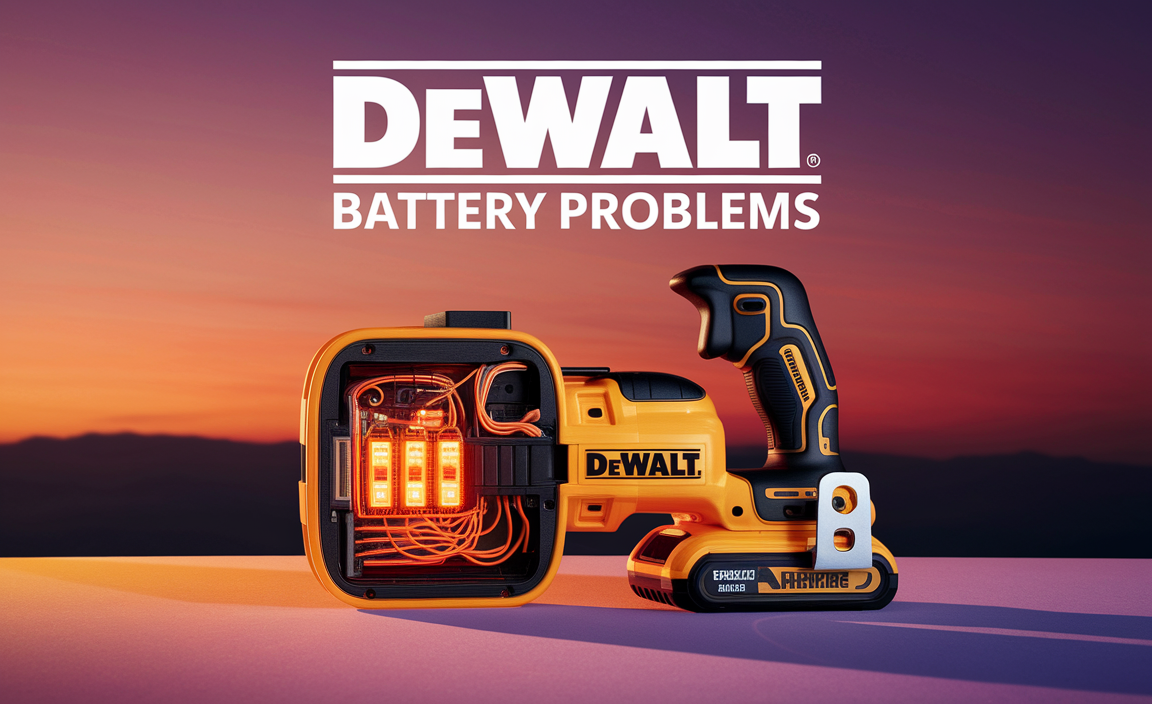Dewalt is a well-known brand in the power tool industry, providing professionals and DIY enthusiasts with reliable and high-quality tools.
One of Dewalt’s most popular products is its line of cordless power tools, which rely on rechargeable batteries for their operation. These batteries have specific designs to last for a long time. But like all batteries, people eventually need to replace them. To help users keep track of their battery’s age and lifespan, Dewalt uses a unique Dewalt battery date code.
The battery imprints this code and provides information about its manufacturing date. By knowing the date of manufacture, users can determine the age of their battery and predict when it might need to be replaced. This information is essential for professionals who rely on their tools for their livelihood and for DIY enthusiasts who want to get the most out of their investment.
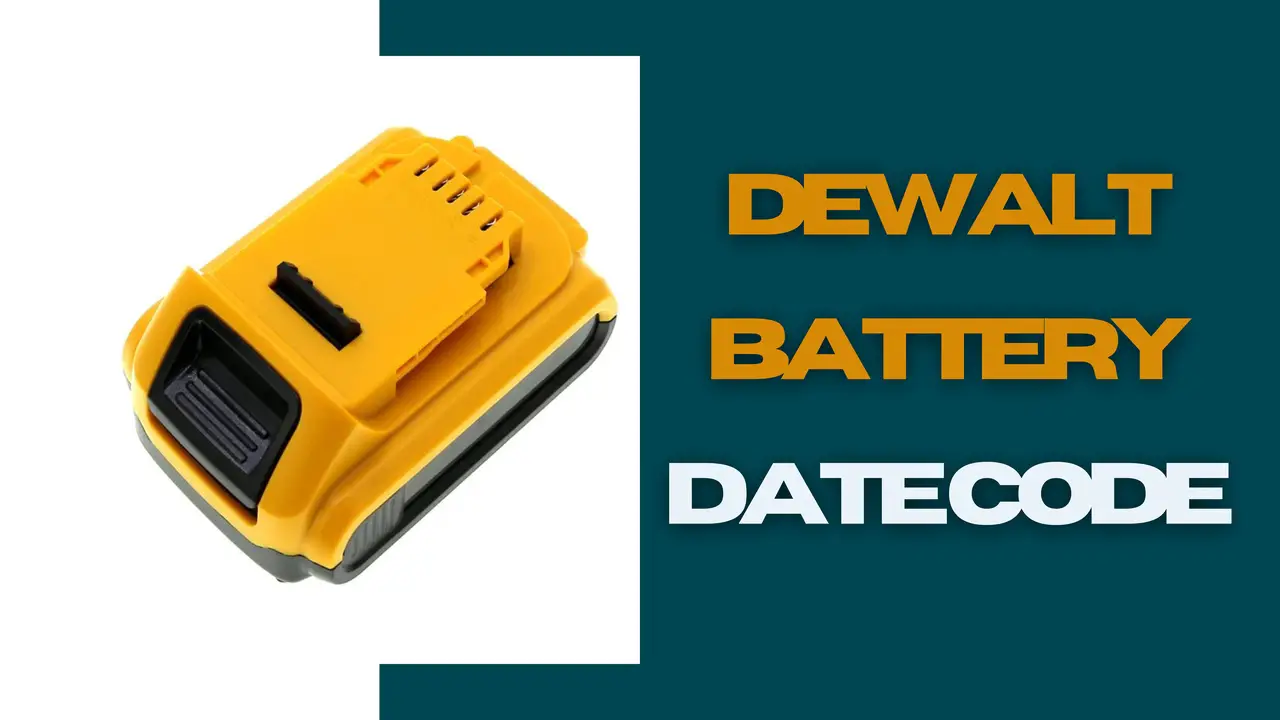
Understanding The Date Code Format
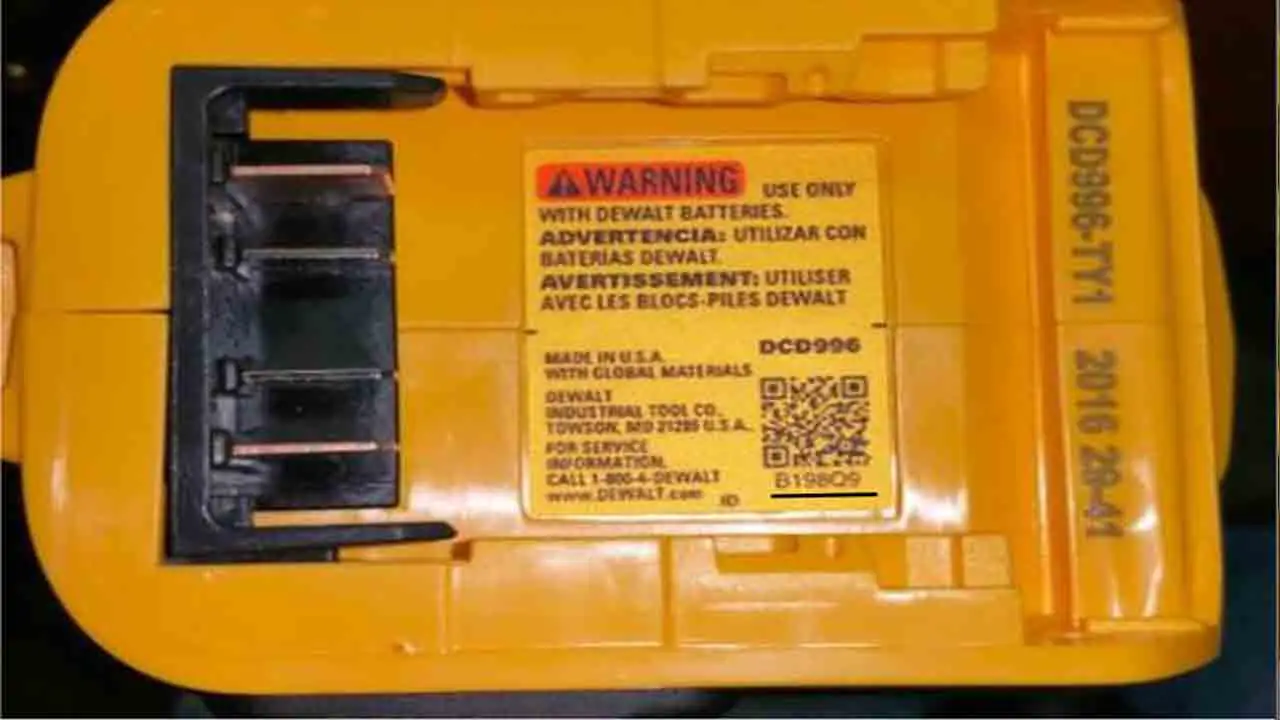
The date code format on DeWalt batteries is a four-digit code that represents the manufacturing date of the battery. The first two digits represent the week of the year, while the last two digits represent the year.
For example, a date code of 3718 would mean the battery was made in the 37th week of 2018. You can determine the age of your battery and whether it needs to be replaced or not by understanding this code.
How To Locate The Dewalt Battery Date Code
The power tool industry recognizes Dewalt batteries for their exceptional quality and reliability. With a rich history of innovation and cutting-edge technology, Dewalt has established itself as a leader in the field.
The company’s dedication to providing high-performance batteries that meet the needs of professionals and DIY enthusiasts alike is evident in every product code they produce. To locate the date code on your Dewaltdead batteries, follow these steps:
- Look for a series of alphanumeric characters on the battery label.
2. The date code is typically a four-digit code, with the first two digits representing the week of manufacture and the last two digits representing the year.
3. Some Dewalt batteries may have the date code printed directly on the battery label, while others may have it engraved or stamped on the battery casing.
4. Carefully inspect the battery from all angles to find the date code.
5. Once you have located the date code, you can determine the manufacturing date of your Dewalt battery.
Decoding The Date Code To Determine The Manufacturing Date
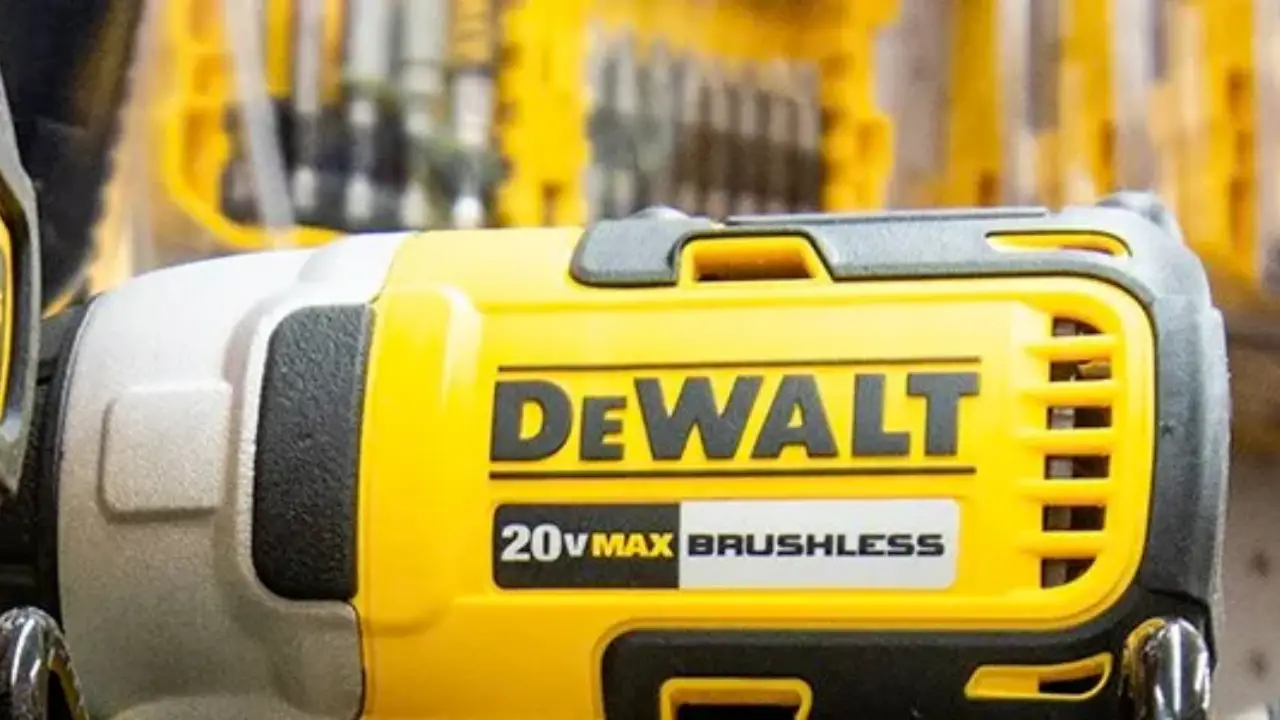
Decoding the date code for determining the manufacturing date of a Dewalt battery can be done by looking at the date code imprinted on the battery. The date code usually consists of a combination of letters and numbers that represent the date of manufacture. To decode the date, refer to Dewalt’s official date code chart.
This chart will provide information on how to interpret the specific letter code and numbers in the date code to determine the manufacturing date. The date code typically includes information on the year, month warranty, and sometimes even the week of production.
By decoding the date code, you can accurately determine when the Dewalt battery was manufactured, which can be useful for tracking warranty information, assessing the age of the battery, and making informed decisions about its usage and replacement.
Using Dewalt-Battery Date Code To Your Advantage – Maximizing Performance
The battery date code is a six-digit code that indicates the year and week of manufacture of the battery. The date code can help you determine the age and condition of your battery, as well as the warranty status and expiration date.
By using the battery date code to your advantage, you can maximize the performance and lifespan of your battery. Here are some of the ways to use the Dewalt battery date code to your advantage.
Where To Find Battery Date Codes
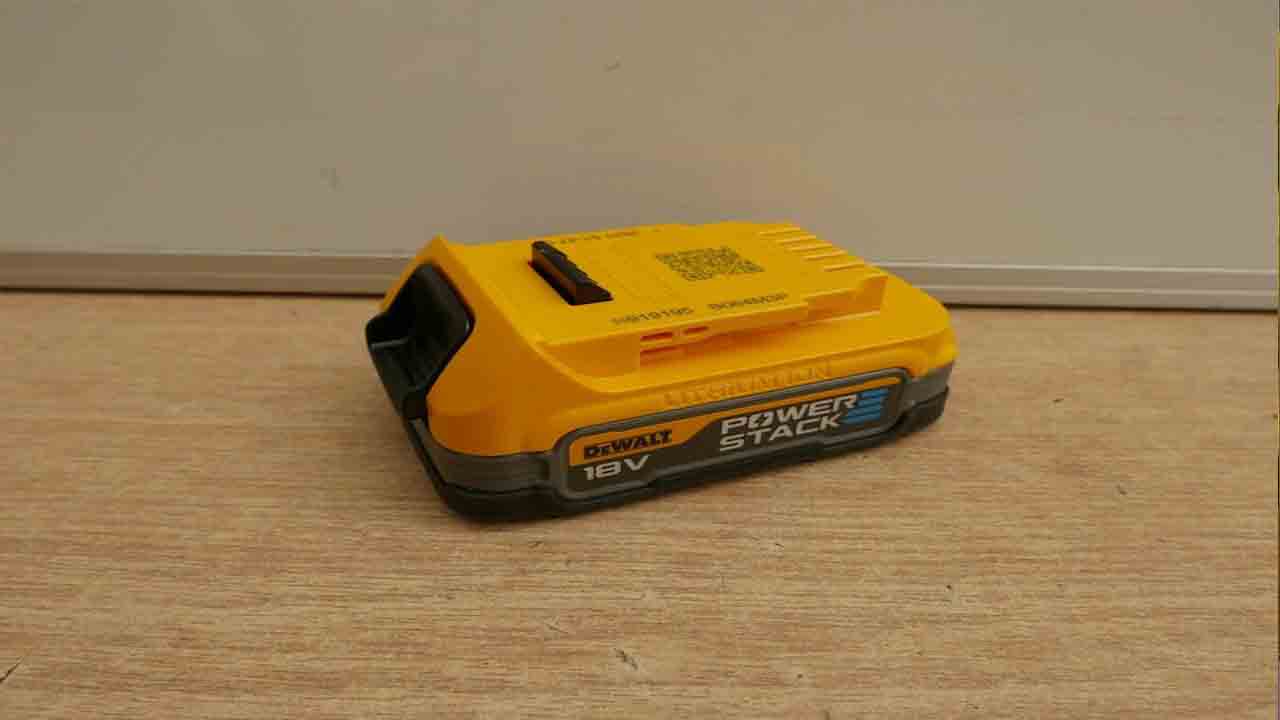
The battery date code can be found on the top or bottom of the unit, printed directly on the plastic housing near the charging cells. It is a six-digit code that starts with the year of manufacture followed by the week. For example, a date code of 201901 means that the battery was manufactured in the first week of 2019.
The model number is usually on the warning label attached to the plastic. It comes with a set of letters and numbers. For example, a generic model number of DCB205 means that the battery is a 20V MAX XR 5Ah Lithium Ion Battery.
Deciphering The Year Code
The first two digits of the battery date code represent the year of manufacture. The year code ranges from 00 to 99, corresponding to 2000 to 2099. For example, a year code of 20 means that the battery was manufactured in 2020. The year code can help you determine how old your battery is and how much warranty coverage it has left.
Deciphering The Week Code
The last four digits of the battery date code represent the week of manufacture. The week code ranges from 01 to 52, corresponding to the first week to the last week of the year. For example, a week code of 01 means that the battery was manufactured in the first week of the year. The week code can help you determine how fresh your battery is and how much capacity and power it has left.
Warranty Information For Dewalt Batteries
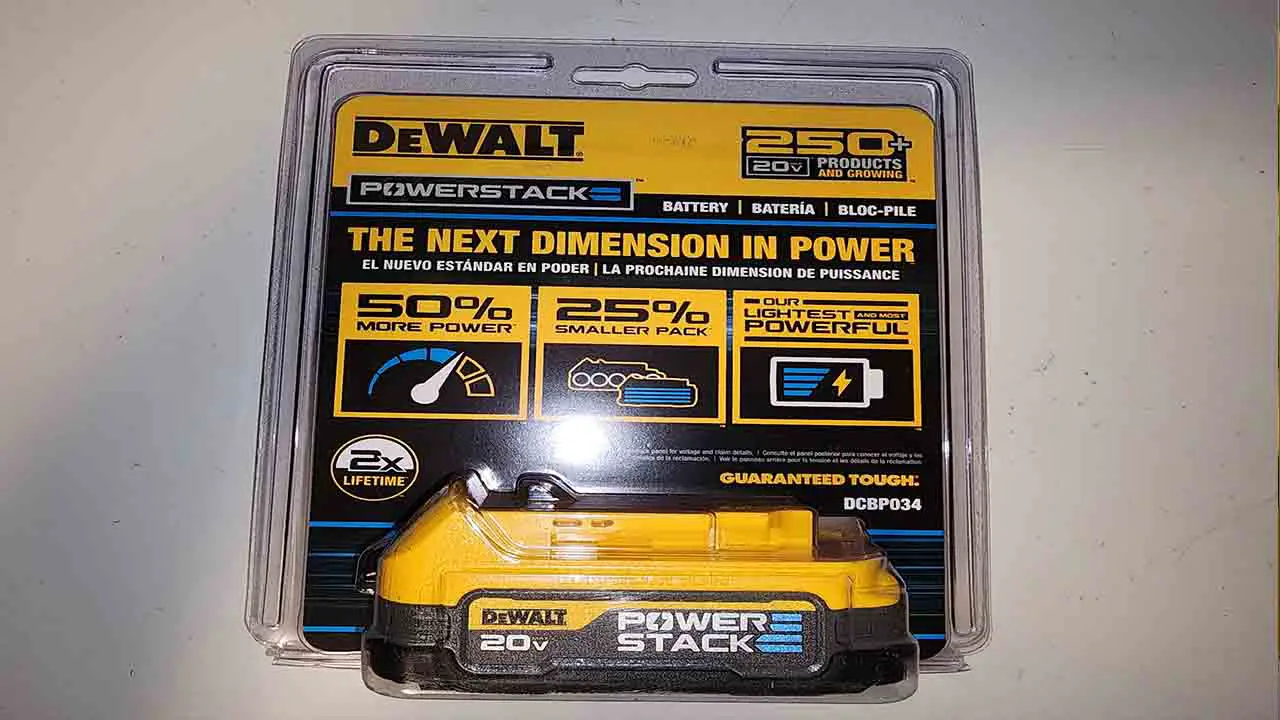
You can find the warranty information for Dewalt batteries on the product packaging, the user manual, or the official website. The warranty information can vary depending on the type, model, and date code of the Battery technology.
Generally, Dewalt batteries have a 3-year limited warranty that covers defects in material or artistry. The warranty does not cover normal wear and tear, abuse, misuse, or neglect. The warranty also does not cover people who have modified, repaired, or tampered with batteries. To claim the warranty, you need to provide proof of purchase and the date code of the battery.
How To Determine If A Battery Is Still Good
To determine if a battery is still good, you can use various methods, such as checking the date code, testing the voltage, or observing the performance. Some of the methods to determine if a battery is still good are:
- Check The Date Code: The date code can help you estimate how old and how fresh your battery is. A newer battery with a recent date code will have more capacity and power than an older one.
- Test The Voltage: The voltage can help you measure how much charge your battery has left. A fully charged battery will have a higher voltage than a partially charged or discharged one. You can use a multimeter or a voltmeter to test the voltage of your battery.
- Observe The Performance: The performance can help you evaluate how well your battery works in your tool. A good battery will have consistent and reliable performance in terms of speed, torque, and run time. A bad battery will have poor or erratic performance in terms of speed, torque, and run time.
The Potential Risks And Issues With Using Expired Or Old Batteries
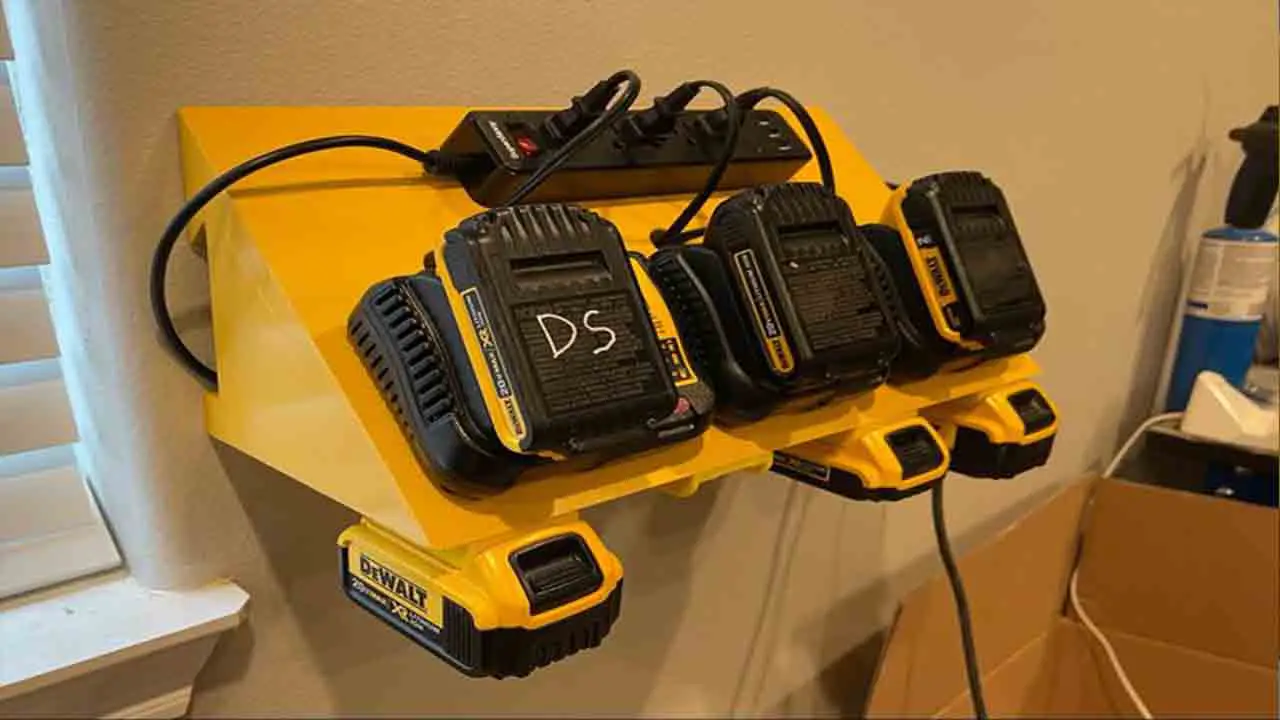
Dewalt batteries are renowned for their exceptional performance and reliability, making them the top choice for professionals in the construction and power tool industry. With a long-standing reputation for producing high-quality products, Dewalt has become synonymous with durability and longevity. Potential risks and issues with using expired or old batteries, such as the Dewalt Battery, include:
- Reduced Performance: As batteries age, their capacity to hold a charge decreases. This means that expired or old batteries may not provide the same level of power or run-time as fresh batteries. This can affect the performance of your power tools or devices.
- Unreliable Power Supply: Expired or old batteries may not deliver a consistent power supply, leading to intermittent operation or unexpected power loss. This can be frustrating and inconvenient, especially when using power tools that require a steady power source.
- Malfunctions Or Damage: Old batteries can potentially leak or corrode, which may damage the device they are installed in. This can result in costly repairs or even render the device unusable.
- Safety Hazards: Expired or old batteries can pose safety risks, particularly if they are mishandled or improperly disposed of. They may leak harmful chemicals or even rupture, causing injury or damage to the surrounding environment.
- Inefficient Energy Consumption: Old batteries tend to have a higher internal resistance, which means they can consume more energy than necessary. This inefficiency can lead to shorter run times and frequent battery replacements.
Storing And Maintaining Dewalt Batteries
To extend the performance and lifespan of your Dewalt batteries, you should store and maintain them properly and regularly. Some of the tips for storing and maintaining Dewalt batteries are:
- Store your batteries in a cool and dry place away from direct sunlight, heat sources, or moisture. Extreme temperatures or humidity can damage your batteries and reduce their capacity and power.
- Store your batteries with some charge left in them. Do not store your batteries fully charged or fully discharged. Overcharging or deep discharging can harm your batteries and shorten their lifespan.
- Clean your batteries regularly with a soft cloth or a brush. Remove any dirt, dust, or debris from your batteries. Do not use water, solvents, or abrasives to clean your batteries.
- Lubricate the terminals of your batteries with a light oil or grease. This can prevent corrosion and improve the electrical contact between your batteries and your tools.
Risks Of Using Old Or Damaged Batteries
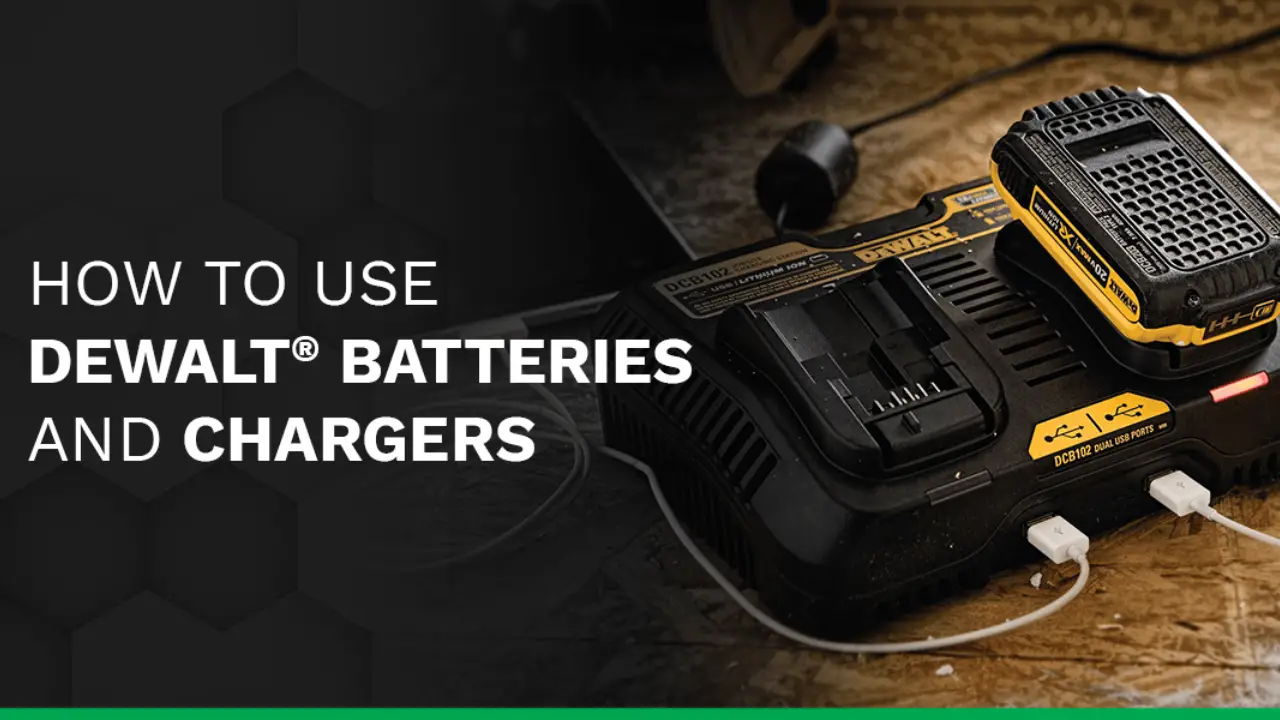
Using old or damaged batteries in your tool can have various risks, such as poor performance, injury, or damage. Some of the risks of using old or damaged batteries are:
- Poor Performance: Old or damaged batteries will have lower capacity, power, and durability than new or good ones. They will not provide enough speed, torque, or run time for your tool. They will also drain faster and take longer to charge.
- Injury: Old or damaged batteries can overheat, leak, swell, or explode due to internal short circuits, chemical reactions, or external impacts. They can cause burns, fires, electric shocks, or explosions that can injure you or others around you.
- Damage: Old or damaged batteries can damage your tool or charger due to improper voltage, current, or polarity. They can cause sparks, arcs, or surges that can fry your tool or charger circuits. They can also rust or contaminate your tool or charger components.
Conclusion
The Dewalt battery date code is an essential piece of information that holds great significance for users. The specificity of the date code allows for accurate tracking and maintenance of the battery, ensuring optimal performance and longevity. Neglecting to pay attention to the date code may result in subpar performance, shortened lifespan, and potential safety hazards.
However, by taking note of the date code and properly following maintenance guidelines, users can expect reliable and successful performance from their Dewalt batteries. The importance of the battery date code cannot be overstated, as it serves as a key factor in maximizing the effectiveness and safety of Dewalt battery usage.
FAQ’s
[rank_math_rich_snippet id=”s-9926c83d-b14a-4fb8-a1bd-0de4d8a4f9fe”]

I am passionate about home engineering. I specialize in designing, installing, and maintaining heating, ventilation, and air conditioning systems. My goal is to help people stay comfortable in their homes all year long.

